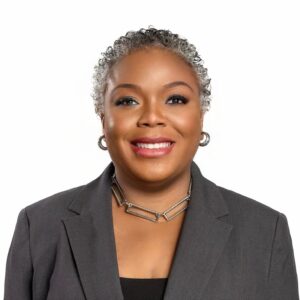Leave no ‘odd man out’ at the dining table this holiday season
After recently teaching my dining class in a senior care community, I had an illuminating conversation with a resident. During the class I had mentioned that staff and administrators should learn the importance of setting the table mindfully. This resident shared her frustration in seeing all the tables in her dining room set with even numbers of place settings. She described her discouragement looking for a place to sit, feeling herself “the odd man out,” even when no one was seated at the table.
I had to agree with her, when I considered the situation from her perspective. The dining culture change movement is often most evident in small residential “household” communities, where residents eat together around one large table as a family would at home. With a small group of 10 to 12, that seating arrangement is a wonderful way to group together and bond as community members. However, in many senior care communities, dining rooms are set up to accommodate much larger numbers, and tables are set for four, six or eight people.
Dining out in restaurants throughout Europe, oftentimes there is a community table in place, where singles and even small groups of friends join together to eat with strangers. This model is becoming more popular in restaurants in the United States. I believe it is also a practical way to support single seniors in the residential dining room.
The holiday season is a good time to offer the community table option. Adding one long table in the dining room, or even just pushing two or three tables together, may be a starting point. Even if it is introduced for the holiday meal initially, the community table may be appreciated by folks who want to coffee klatch in the early morning. Who knows what possibilities may open up with the opportunity for residents to share meals in a different social configuration?
The dining room is a natural place for the holiday spirit of giving to be shared. This is the time of year when our culture reminds us to include everyone. Many Americans believe “no one should have Thanksgiving or Christmas alone” and will invite single neighbors, work associates or even homeless strangers to share in the family meal. During the holidays, we are reminded by countless organizations to give to those less fortunate than ourselves. Meeting individual needs for belonging and community are as relevant in those considerations as giving food to the hungry.
Servers lead the way in manifesting that spirit of inclusiveness in the senior care dining room. They can encourage residents to welcome others to the table, particularly new acquaintances or perceived “strangers.” Most importantly, servers can gather input and ideas from your residents regarding how their needs may best be served.
Providers need to remember that enhancing residents’ quality of life by improving the dining experience translates ultimately to their bottom line: Successful senior care communities nationwide consistently show that strong community creates more profitability. Additionally, the Quality Initiative Survey process in nursing homes and new Dining Practice Standards (PDF) mandate higher standards of service quality based in better relationships among all stakeholders.
This holiday season, how is your organization fostering community in the dining room?
Cindy Heilman MS, DTR, is CEO of Higher Standards LLC, an Oregon-based training and consulting company dedicated to improving the dining experience. Its exclusive Kind Dining training is a 9-module training series designed to improve serving staff in senior living communities. For more information, visit https://www.higherstandards.org/, or contact Heilman at cindy@higherstandards.org.
Related Articles
Topics: Nutrition , Operations










